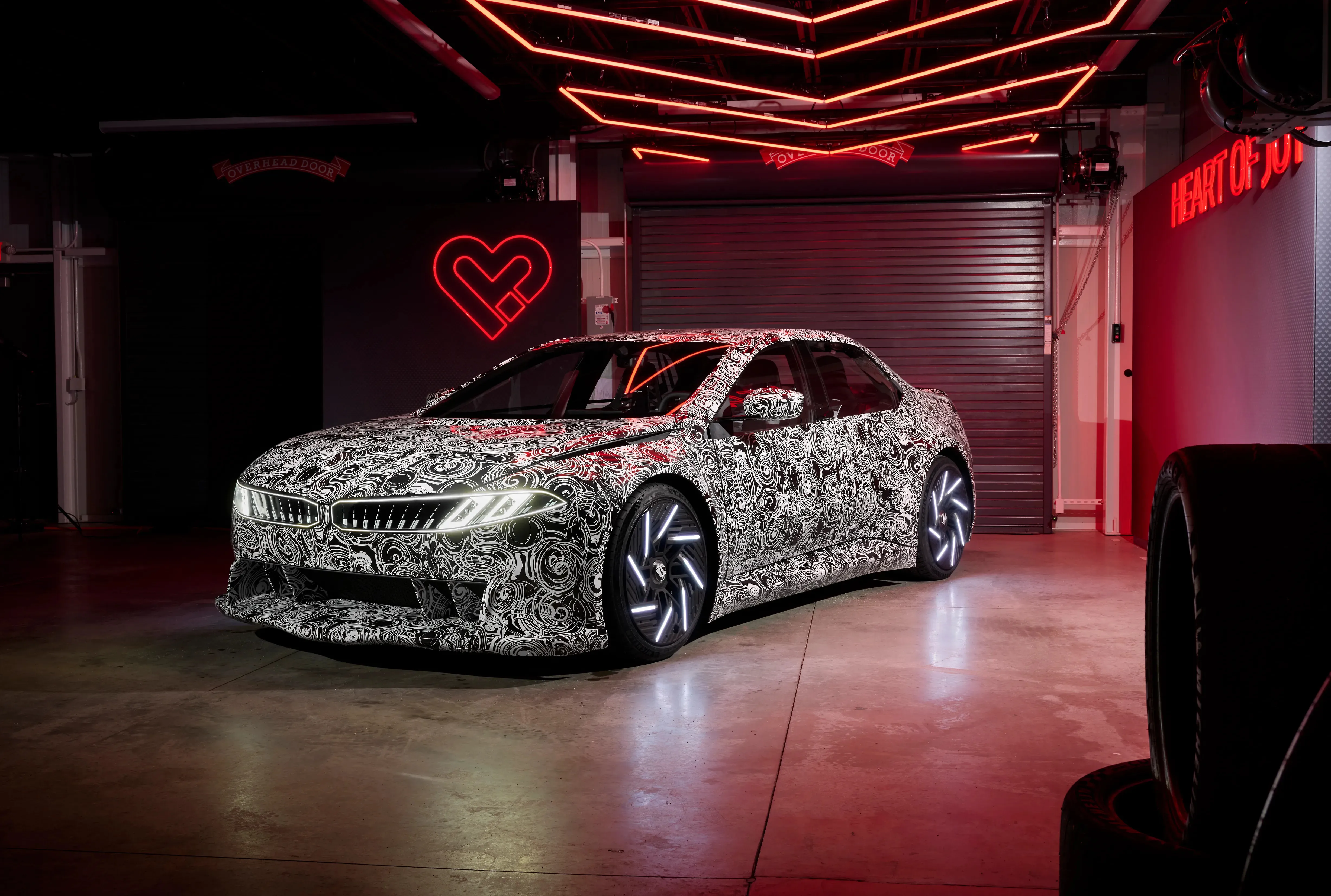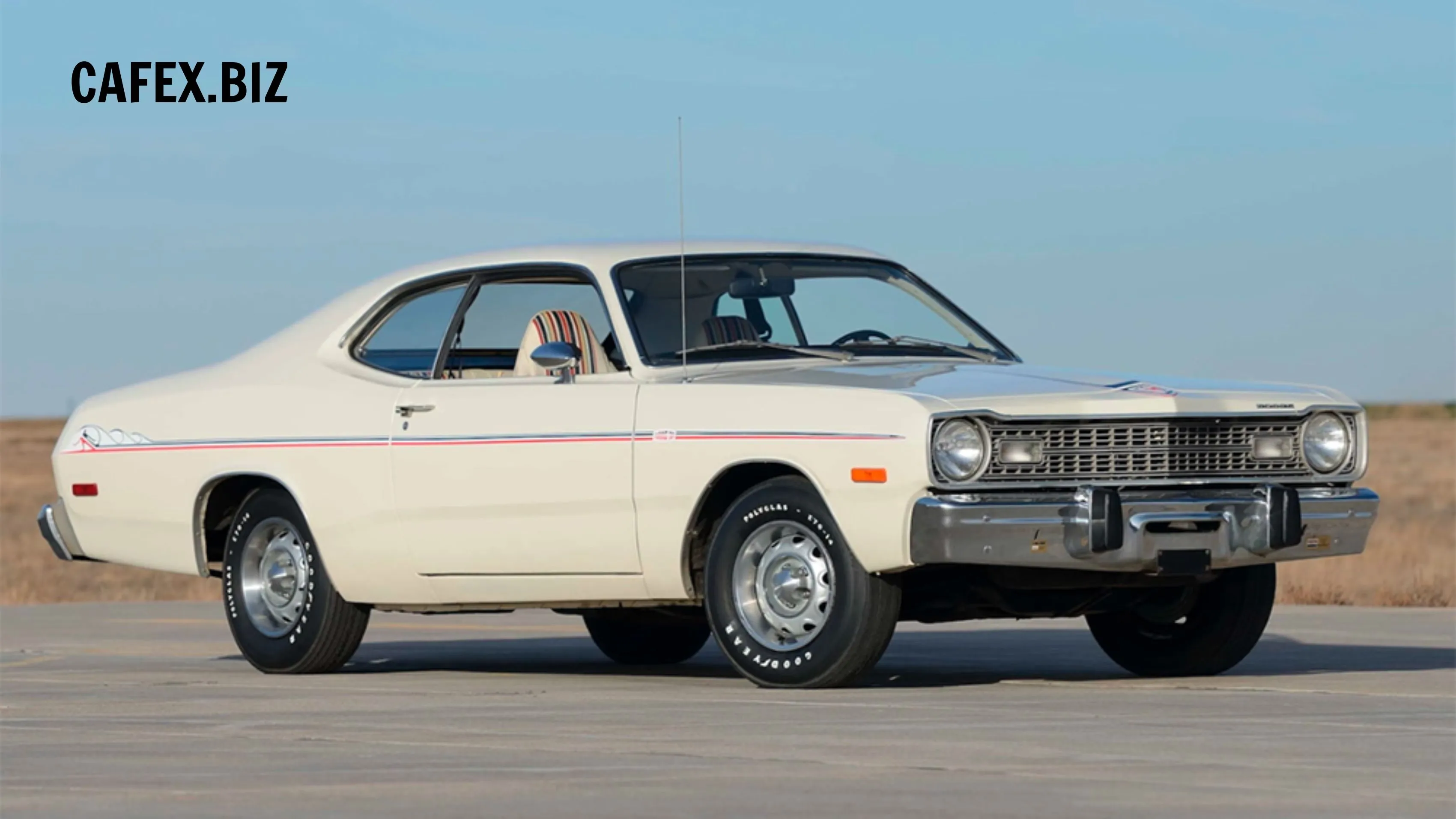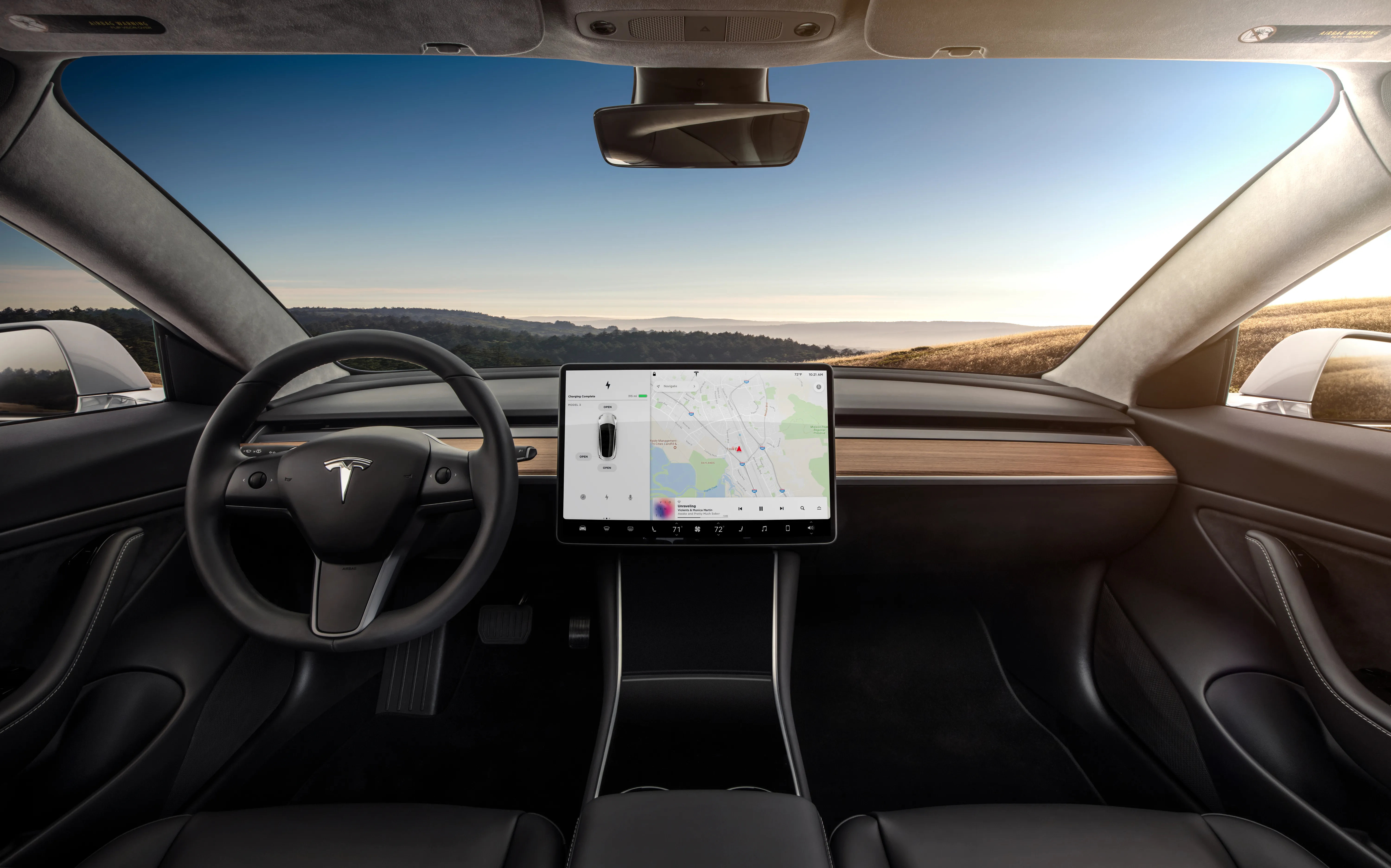The 1970 Pontiac Bonneville stands as an icon of American automotive history, representing the pinnacle of luxury and performance in its era. This full-size vehicle, with its distinctive design and powerful engine, has captivated the hearts of classic car enthusiasts worldwide.
-1686905936.jpg)
In this article, we'll delve into the history, features, and legacy of this timeless automobile, providing valuable information for both collectors and fans alike.
1. The History of the 1970 Pontiac Bonneville
The Pontiac Bonneville was first introduced in 1957 as a high-performance luxury convertible. Over the years, it underwent several transformations, evolving into a symbol of American automotive excellence. The 1970 model marked the beginning of the car's sixth generation and showcased a more refined design and improved performance capabilities.
-1686905989x1024.jpg)
The 1970 Bonneville was produced under the leadership of John Z. DeLorean, a prominent figure in the automotive industry who later founded the DeLorean Motor Company. His influence helped shape the Bonneville's distinct character and ensured its lasting impact on the American car market.
2. Design
The 1970 Pontiac Bonneville was a full-size car manufactured by Pontiac, a division of General Motors. It was part of the fourth generation of the Bonneville, which was produced from 1965 to 1970. The 1970 model year featured some distinctive design elements that were characteristic of the era. Here is an overview of the design of the 1970 Pontiac Bonneville:
-1686906251.jpg)
Exterior Design
The Bonneville had a long, sleek body design with clean lines and a wide stance. It had a large, prominent front grille with a vertical split design, surrounded by chrome trim.
The headlights were hidden, retractable units, which were a unique feature of the Bonneville. They were concealed behind the grille when not in use. The front fenders featured sculpted lines that flowed towards the rear of the car. The rear fenders had a slightly flared design.
-1686906018.jpg)
The Bonneville had a long hood with a raised center section, adding to its muscular appearance. The hood featured twin power bulges or scoops, which gave it a more aggressive look. The rear of the car had a horizontal taillight design that spanned the width of the vehicle. The taillights were divided into multiple segments and featured a chrome trim piece in the center.
The overall design of the Bonneville was characterized by its wide, imposing presence on the road.
Interior Design
The interior of the 1970 Bonneville was spacious and luxurious, with an emphasis on comfort and style. It featured large, comfortable seats with optional leather upholstery.
The dashboard had a horizontal layout, with woodgrain trim and chrome accents. The instrument cluster was placed directly in front of the driver and featured round gauges with chrome bezels.
-1686906038x1024.jpg)
The center console housed various controls, including the climate control and audio system. It also had storage compartments and cup holders. The Bonneville offered a range of optional features, including power windows, power seats, air conditioning, and a stereo system.
3. Engine and Performance
The 1970 Pontiac Bonneville offered a range of engine options to cater to different performance preferences. Here are some of the available engines and performance specifications for the 1970 Bonneville:
400 cubic inch (6.6L) V8: This was the base engine for the Bonneville. It produced around 265 horsepower and 400 lb-ft of torque. It was equipped with a 2-barrel carburetor.
428 cubic inch (7.0L) V8: This optional engine delivered more power than the base engine. It produced around 360 horsepower and 470 lb-ft of torque. It featured a 4-barrel carburetor.
455 cubic inch (7.5L) V8: This was the top-of-the-line engine option for the Bonneville. It offered even greater power and performance. Depending on the specific configuration, it produced around 360 to 370 horsepower and 500 to 500 lb-ft of torque. It also had a 4-barrel carburetor.
-1686906063.jpg)
The transmission options available for the Bonneville included a 3-speed Turbo Hydra-Matic automatic transmission as standard, while a 4-speed manual transmission was available as an option.
The Bonneville's performance characteristics were in line with its luxury-oriented nature. It offered smooth acceleration, comfortable cruising, and a generally refined driving experience. The larger engine options provided ample power for highway driving and overtaking maneuvers.
4. Market Reception
The 1970 Pontiac Bonneville received a mixed reception in the market:
Positive
The Bonneville offered a spacious, luxurious package at an affordable price for a large car. It appealed to buyers wanting an upscale yet reasonably-priced vehicle.
Distinctive styling with Pontiac's signature split grille and long hood gave the Bonneville curb appeal. Its styling conveyed prestige, helping elevate its image versus lower-priced full-size models.
-1686906081.jpg)
Powerful V8 engines and a smooth, quiet ride provided motoring comfort that American buyers expected of a premium vehicle. The Bonneville delivered a traditional kind of big-car excellence.
High equipment levels with conveniences like power windows and seats reinforced the Bonneville's premium status. It offered luxury for less than most competitors.
Negative
Compared to newer designs from Chrysler and Ford's redesigned Ford LTD, the Bonneville seemed somewhat dated. Its styling lacked the sleekness and sophistication of newer rivals.
Handling, braking and overall structural solidity fell short of competitors. The Bonneville drove like an older model with inferior chassis dynamics. This compromised its appeal to buyers wanting a modern drive experience.
-1686906098.jpg)
Build quality was perceived as lacking, especially compared to rivals like the Mercury Marquis. The Bonneville suffered from production issues that undercut its premium image.
Gas mileage was very poor, posting single-digit economy at a time of rising fuel prices. The Bonneville was an extravagance that fewer could afford to operate.
Insurance rates and ownership costs were high due to the Bonneville's age, engine options and safety issues. Its operating costs were a deterrent in an era when affordability was highly valued.
5. Sales and Production
Here are the sales and production figures for the 1970 Pontiac Bonneville:
Total production for 1970 was 132,723 units, a decrease of about 10% from 1969: 83,811 were 4-door sedans, 21,404 were 2-door hardtop coupes, 27,508 were station wagons
-1686906115.jpg)
Total U.S. sales for 1970 were 114,617 vehicles: Sedan sales were 69,123 units, Hardtop coupe sales were 16,502 units, Station wagon sales were 29,533 units
The Bonneville was Pontiac's flagship full-size model, representing about 30% of Pontiac's total production for 1970.
Prices for 1970 ranged from $3,679 for a base Bonneville sedan to $4,629 for a Safari station wagon. That's equivalent to $25,000 to $32,000 in today's dollars.
Most Bonnevilles were equipped with Pontiac's 400 and 455 cubic inch V8 engines rated from 265 to 370 horsepower. Fuel economy was typically less than 12 mpg. The top-selling Bonneville model for 1970 was the base 4-door sedan with 58,902 units produced and 51,132 sold in the U.S.
-1686906138x1024.jpg)
Bonneville sales decreased as buyers sought out newer, higher-quality and more efficient full-size models from competitors. 1970 sales fell nearly 30% from Pontiac's record year of 1969. The Bonneville faced competition from models like the Mercury Marquis, Dodge Monaco and Chevrolet Impala, which offered more up-to-date designs, superior quality and lower operating costs.
For 1971, Pontiac restyled and re-engineered the Bonneville to modernize its design and address quality shortcomings. However, sales continued to decrease steadily through the mid-1970s as fuel efficiency became a higher priority for buyers. The Oil Crisis of 1973 dealt a major blow to the traditional full-size Pontiac Bonneville. By the late 1970s, it had evolved into a mid-size model as Pontiac's premium sedan offering.
6. Cultural Values
The 1970 Pontiac Bonneville reflected several cultural values that were prevalent during that era. Here are some of the cultural values associated with the Bonneville and cars of its time:
American Automotive Industry Dominance
The Bonneville represented the strength and dominance of the American automotive industry during the 1970s. It was a flagship model of Pontiac, which was known for producing powerful and stylish vehicles. The Bonneville symbolized American craftsmanship, engineering, and automotive innovation.
-1686906160.jpg)
Luxury and Comfort
The Bonneville embodied the cultural value of luxury and comfort. As a full-size car, it offered a spacious interior with plush seating and a range of amenities. The emphasis was on providing a smooth and comfortable ride, making it suitable for long drives and highway cruising. The Bonneville catered to the desire for a refined and luxurious driving experience.
Performance and Power
The 1970 Bonneville, especially with its larger engine options, represented the cultural value of performance and power. It appealed to drivers who sought exhilarating acceleration and robust performance. The availability of high-performance V8 engines showcased the American love for powerful cars during the muscle car era.
-1686906184.jpg)
Individualism and Personal Expression
Cars of this era, including the Bonneville, were seen as a means of personal expression. The Bonneville featured distinctive design elements, such as its hidden headlights and muscular lines, which allowed owners to showcase their individuality and style. Customization and personalization options, such as different color choices and interior trims, provided further opportunities for self-expression.
Status and Prestige
The Bonneville carried a certain status and prestige, representing success and achievement. Owning a Bonneville was a symbol of social standing and affluence. It was a car that could be associated with professionals, executives, and successful individuals.
-1686906224x1024.jpg)
Sense of Adventure and Freedom
The Bonneville, like other cars of the era, embodied the cultural value of adventure and freedom. It represented the open road and the joy of exploration. It provided individuals with the means to embark on road trips and explore new destinations, promoting a sense of adventure and the freedom to go wherever one desired.
It's important to note that cultural values can vary across different regions and individual perspectives. The values mentioned above are generalizations that were commonly associated with the 1970 Pontiac Bonneville and the cultural context of its time.
-1686905976.jpg)



-1686300069.jpg)